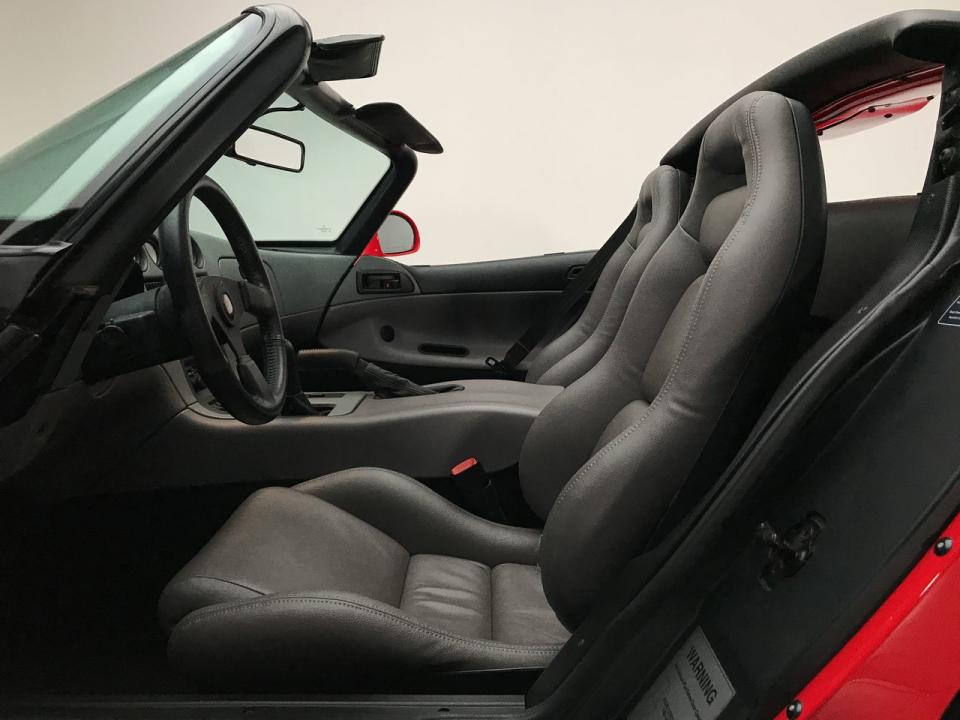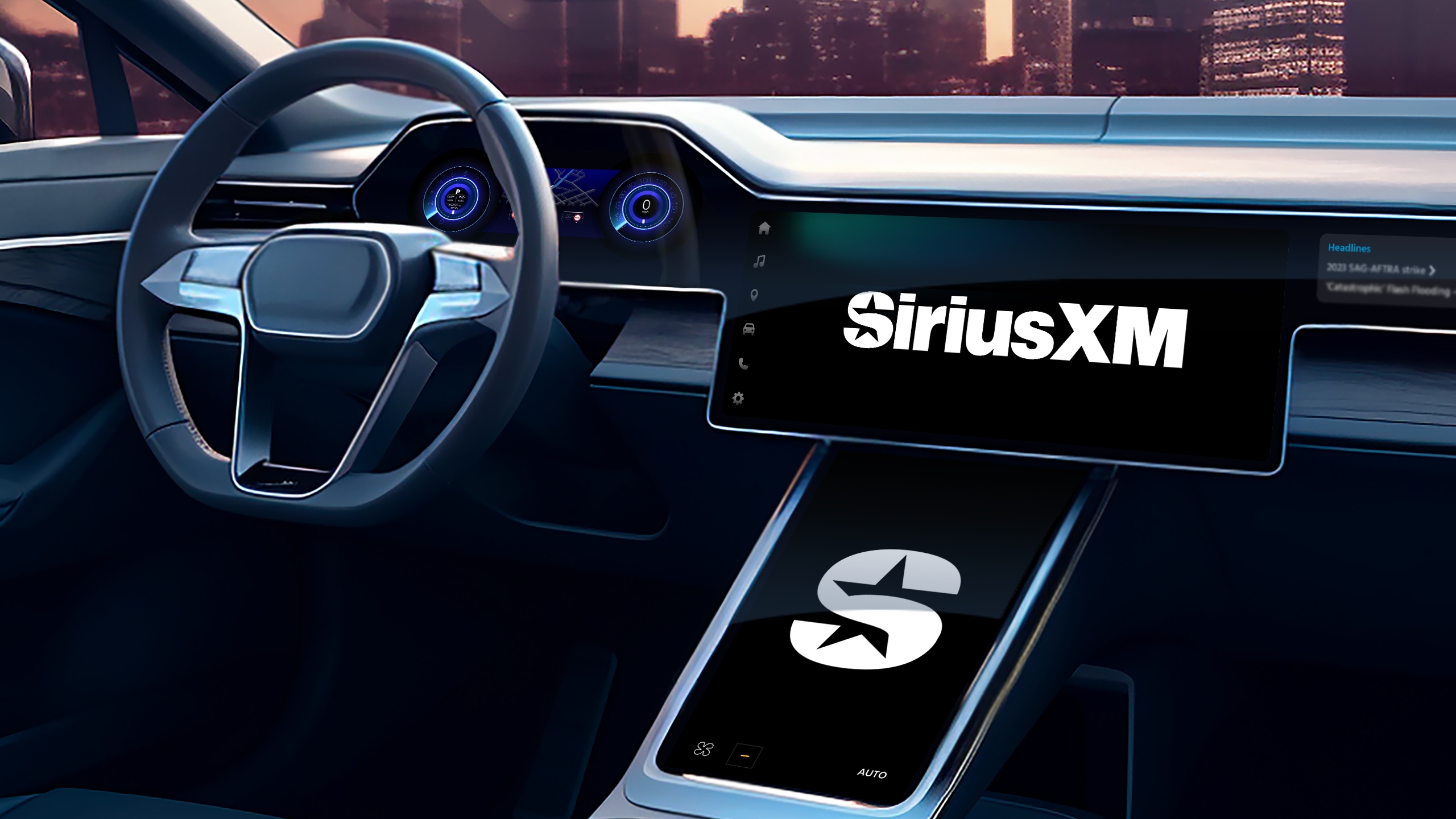⚡️ Read the full article on Motorious
How well do you know this snake?
Whether you’re a Mopar fan or not, you probably have an opinion about the Dodge Viper. Some absolutely love the raw, untamed performance it delivers on the road or track, while others consider it too much of a loose cannon. There are of course other views on the American sports car. Everyone agrees on one thing: the Viper has had a major impact on the automotive landscape and will therefore be missed now that it is out of production.
New Vipers continued to be sold since last year, find out how here.
But the real question is: how well do you know the Dodge Viper? Check out the following ten facts about the car to find out.
1. Half hour approval
Normally, presenting a prototype to an automotive CEO to sign off on production is a long and grueling process. But after driving a prototype Dodge Viper for half an hour, Chrysler CEO Lee Iacocca was blown away. He even turned to Bob Lutz and said to the man, “What are you waiting for?” The rest is history.


2. Pedal adjustment
Proving that the first generation Viper was ahead of its time in many ways, engineers incorporated into the car’s design a way to adjust all three pedals to suit the driver’s preferences. While being able to independently adjust the various pedals in cars isn’t all that new these days, this wasn’t something you saw in production cars in the early 1990s.
3. Unreasonable car
Francois Castaing, Chrysler’s vice president of vehicle engineering at the time, described the first-generation Dodge Viper as “unreasonable.” He went on to explain that the fact that it was a vehicle that some people didn’t understand at all was a good thing because it indicated that the company had taken its design “far enough.” So you see, it’s designed to be polarizing from the start.
4. Inspired by Skunk Works
The original Viper’s chief engineer, Roy Sjoberg, was inspired by Lockheed Martin’s Skunk Works special division, which designed crazy aircraft like the SR-71 Blackbird and the U-2 spy plane. He wanted to pass that inspiration on to his team so they would create a special car unlike anything Chrysler had ever seen before. So he gave everyone a copy of Ben Rich’s book Skunk Works.
5. Also inspired by another snake
According to Lutz, he got the inspiration to build an unhinged, unapologetically crazy performance roadster while behind the wheel of his 1985 Autokraft Mk IV Cobra in 1988. Chrysler was hard at work on the new Ram pick- up and Lutz thought Developing the V10 engine and five-speed manual transmission into a sexy roadster was a great formula, similar to what Shelby did with the Cobra.


6. Club time
Lutz and Tom Gale, then head of design at Chrysler, founded Viper Club of America to keep interest in the car high. Lutz and Gale hand-picked the president for each region of the club, knowing they had to have the right guy to keep the momentum going.
7. Long belt
Bob Lutz told it Car and driver He used to take an entrepreneurial approach to the Viper development team. Rather than dwelling on it and making sure the car, which was a crucial sign of Chrysler’s remake, was perfect every step of the way, Lutz gave the team a sense of ownership. He said that as long as they stuck to their goals and budgets, “it was like they owned the Viper Car Company.”


8. SRT or dodge
Fiat Chrysler confused just about everyone when it launched the fifth-generation Viper as the sole model of the SRT brand. Most were baffled as to why the Viper was no longer a Dodge. There had been SRT versions in other FCA brands, such as Dodge, adding to the confusion. Quietly, FCA transitioned the Viper to the Dodge lineup for the 2015 model year, finally ending the failed attempt to create a separate SRT brand. Some still believe that SRT should be re-established with its own sports car lineup, including the Viper, Stealth, Venom, Barracuda, and all sorts of other dream cars.


9. Generation 1.5
Most people have no idea that there is an unofficial line of Gen 1.5 Vipers, or the 1996 RT/10 models that enthusiasts don’t consider “true” Gen 2 cars. These Vipers combined the mechanical and chassis elements of the car’s first and second generations. Anyone who really knows these ’96 Viper RT/10s has an opinion about them, good or bad, and some call them “parts bin Vipers.”
10. Disappointing sketches
Lutz admitted he was disappointed when he saw the first design sketches for the Viper. What he envisioned looked more like the Shelby Cobra, but with a modern twist. If the Chrysler team had pulled that off, it’s possible Iacocca would have killed it at first glance, as it could have been considered almost outright plagiarism. Fortunately, the design team went in a different direction. According to Lutz, those original sketches looked “very close” to the first generation Viper.
















Sign up for the Motorious newsletter. For the latest news, follow us on Facebook, Tweetand Instagram.






